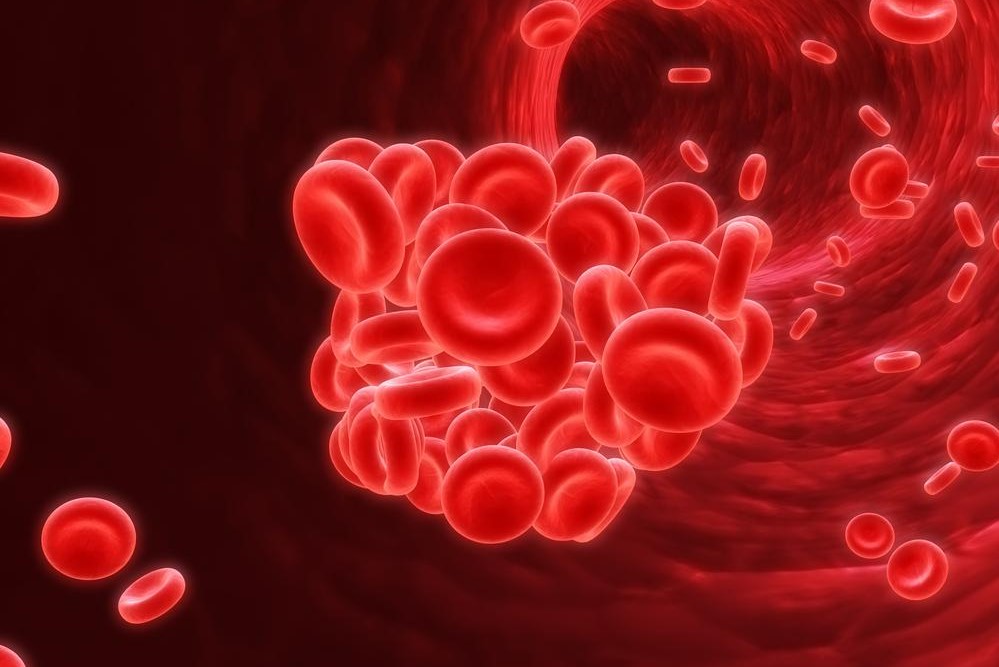Blood clots – Introduction
The body’s first response to any form of physical damage is clotting. The blood changes its consistency from liquid to gel to stop bleeding. Therefore, this process is undoubtedly vital as it evades any excessive bleeding, which can be life-threatening. However, when the body starts to produce internal blood clots that don’t subside naturally, it can lead to some severe health problems.
Risk factors that can lead to blood clots
There are some common risk factors that increase the odds of an individual having blood clots.
- Pregnancy
- Sitting for prolonged periods while traveling
- Being sedentary or bed rest
- Excessive smoking
- Cancer
- Frequent use of certain types of contraceptive pills
- Being overweight
- Family history
- Age, especially those who are 60 years and above
Symptoms of blood clots
The signs and symptoms of a blood clot vary based on the body part it has affected. It most commonly affects the legs. The symptoms include inflammation, muscle cramps, warm sensation in the leg area, reddish discoloration on the leg, etc. The intensity of these symptoms depends on the size of the blood clot.
If there is a blood clot in the heart, one could experience chest pains, heaviness, and difficulty in breathing. Although blood clots in the heart are rare, their presence can lead to a heart attack.
Sharp pain in the abdomen and swelling could indicate that there is a clotting in the stomach. Possibly, these could also be signs of food poisoning or a virus.
If a blood clot forms in your brain it can cause a stroke. Its symptoms could include an unexpected and intense headache which could be accompanied by vision and speech issues.
When a blood clot develops in the lungs, it is known as pulmonary embolism. It is characterized by symptoms like chest discomfort, coughing blood, shortness of breath that nothing to do with physical exercise and palpitations.
Treatment for blood clots
The legs are usually affected by DVT, where the clot forms deep inside the veins. This clot can eventually break free and move in the bloodstream, which can reach the lungs and get stuck, thereby leading to pulmonary embolism. Therefore, if one notices even the slightest possibility of a blood clot in the legs, it is advised to seek medical help immediately. The doctors will use blood thinners or methods like IVC inferior vena cava (IVC) that can seize the clot before it enters the lungs.
For patients who are suffering from clots in the brain, heart or abdomen, the symptoms can occur suddenly. In such cases, the people around the patient should instantly call the emergency services. The doctors will promptly run specific diagnostic tests and depending on the severity of the clot, pick options like administering anticoagulant drugs or surgery.
Post recovery, it is equally essential for the patient to adopt a healthy lifestyle, which includes being more active, quitting habits like smoking, embracing anti-inflammatory diet, shedding some extra pounds, altering the use of certain medications, etc. They should even make it a point to visit the doctor for routine examinations.



